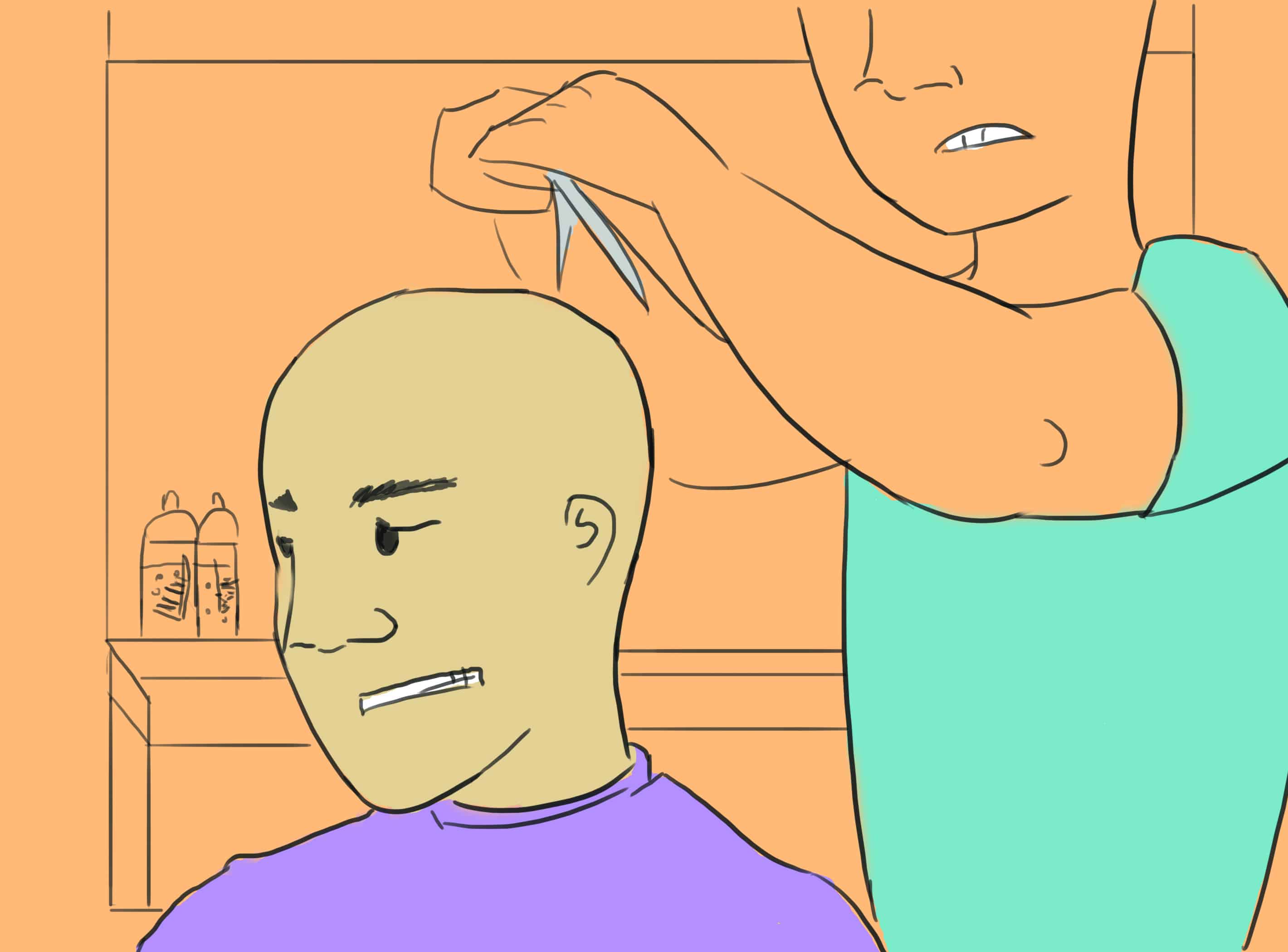Researchers at U of T’s Princess Margaret Cancer Centre may have discovered a correlation between male pattern baldness and prostate cancer risk. Using baldness to assess prostate cancer risk can facilitate early detection and would be considerably cheaper than the genetic tests currently available on the market.
The prostate produces seminal fluid which promotes survival of the sperm during transportation. Prostate cancer is the most common type of cancer in men and the second leading cause of cancer-related-deaths in men.
There are four stages of prostate cancer, and the earlier the treatment, the more successful the outcome. For the most part, the early stages of prostate cancer are asymptomatic. As the cancer progresses, symptoms include difficulty urinating, bone pain, erectile dysfunction, pelvic discomfort, and the presence of blood in the semen.
Since ultrasound tests are ineffective when the tumor is smaller than four milimetres, and current detection methods include taking blood samples to test for mutations in the BRCA1 and BRCA2 genes. Results from these genetic tests predict the relative risk of developing prostate cancer when compared to the average person. These tests, which are used more commonly in the United States, can cost up to $4,000.
A team led by Dr. Neil Fleshner, Head of Urology at the Princess Margaret Cancer Centre, was the first group to systematically study the correlation between baldness and prostate cancer risk. The study looked at 394 men of various ethnicities who have not had prostate cancer in the past, but are going into the hospital for prostate biopsy.
They ranked each patient on the Norwood baldness scale of 0-4, with 0 being “no balding” and 4 being “severe balding.” When later tested, 49.2 per cent of the men had cancer. Men who showed degree 3 to 4 baldness had an increased risk for cancer, and the predictive power was strongest when subjects exhibited degree 4 baldness.
Fleshner’s goal is to raise awareness regarding the link between prostate cancer and baldness. “This adds… a new risk factor” he explains, in addition to a high rate of prostate incidence in family history and people from certain ethnic groups. The assessment is especially useful in borderline cases when doctors are trying to decide whether to send a patient in for biopsy.
Although the mechanism underlying the correlation between baldness and prostate cancer is unclear, Fleshner believes that genetics and elevated levels of androgens could play a significant role. He suggests that there is a relationship between the roles of androgen in male baldness and prostate cancer.
Prostate cancer, like breast cancer, is a cancer that affects the reproductive system, and seems to be shaped by hormonal factors. While anti-estrogen is used to treat breast cancer, anti-testosterone is used against prostate cancer.
Fleshner’s expertise lies in prostate cancer, so he has always been curious about what causes prostate cancer and how to prevent it. When he saw all the different drugs on the market to combat baldness, including anti-testosterone, he was interested in how it would affect prostate cancer. Anti-testosterone comes with side effects, which include decreased sexual desire and loss of muscle mass.
While it is always exciting to develop a new assessment tool for cancer diagnosis, Fleshner emphasized that finding treatments for cancer is much more complex. “Some simple answers [are still] out there,” but the deciphering process has become “highly complex and requir[es] a lot of insight and technology to understand it well.”


